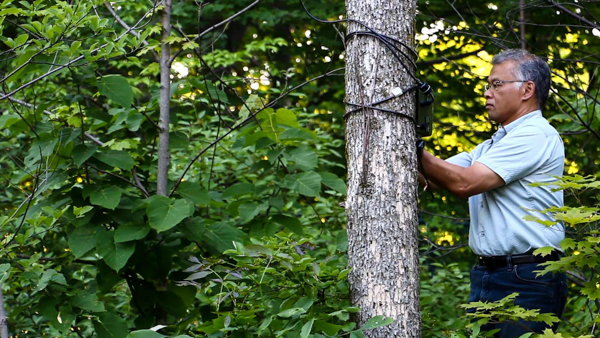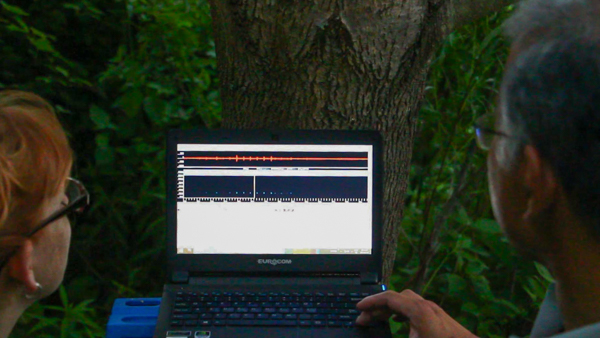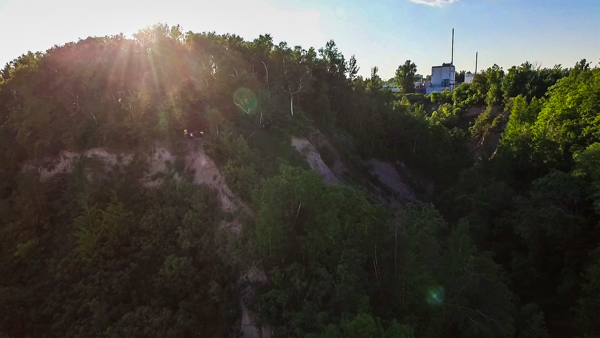The TRCA Calls Upon Batman for Help

It’s been a hot summer, the sun is shining and the Scarborough Bluffs are standing tall above the Lake Ontario shoreline. But they might not be for long. The Scarborough Bluffs in Toronto’s east end are eroding at a rapid rate, increasing the likelihood of slope failure and damage to local species’ habitats. Although the cliffs have been eroding since the 1940s, the view from atop the Bluffs was too enticing to prevent people from further settling there. As houses were feverishly built along the Bluffs, the rate of erosion further accelerated. Not only are some residents losing up to 30 centimeters of their backyards each year, a wide variety of native species are also losing their homes as the erosion destroys their habitats. If only there was someone to help protect the Bluffs...

Luckily, Burton will not be working alone. He is one of a number of specialists gathering valuable information for the Toronto Region Conservation Authority (TRCA) that will aid in protecting and enhancing the physical, natural and socio-economic environment of the Bluffs. Burton’s work is essential as he uses his bat detector to identify which species of bats are present along the Bluffs. The detector picks up ultrasound echolocation signals when bats are awake and active – thirty minutes before dusk and thirty minutes after dawn. Three monitoring instruments placed along the Bluffs have been recording data since May. Burton checks these monitors on a monthly basis to replace the batteries and download the audio files. Upon downloading, Burton is able to examine the waveforms of the audio files and determine the species of bat just by looking at its echolocation signal.

With the three-month study period now over, Burton is confident that he has identified at least six, if not eight, species of bats flying through the Bluffs. Initial identifications by an automated computer program were doubled checked for accuracy and two species could not be 100% confirmed because of overlap in echolocation calls with other species. This is a significant finding because only eight bat species exist in all of Ontario: the tri-coloured bat, the silver-haired bat, the big brown bat, the Eastern red bat, the hoary bat, the Northern long-eared bat, the little brown bat and the Eastern small-footed bat. If that was not astonishing enough, the latter of the three species are listed as endangered species in Ontario, meaning that the Scarborough Bluffs area is a significantly important habitat for Ontario bats.
The TRCA is currently putting together an environmental assessment that summarizes all of the information gathered by the various specialists. Once data collection is complete, the TRCA will create a number of environmentally responsible decisions that will affect the Lake Ontario shoreline between Bluffer’s Park and East Point Park and be tailored to all of the stakeholders.

To stay updated on the Scarborough Waterfront Project and to learn more about the bat research at the Bluffs, follow Burton Lim (@burtonlim) and the TRCA (@TRCA_News) on Twitter.
You can also see more about Burton and bats while he is in the field over the next few weeks in Peru! Be sure to follow @ROMBiodiversity to get updates about his trip.
